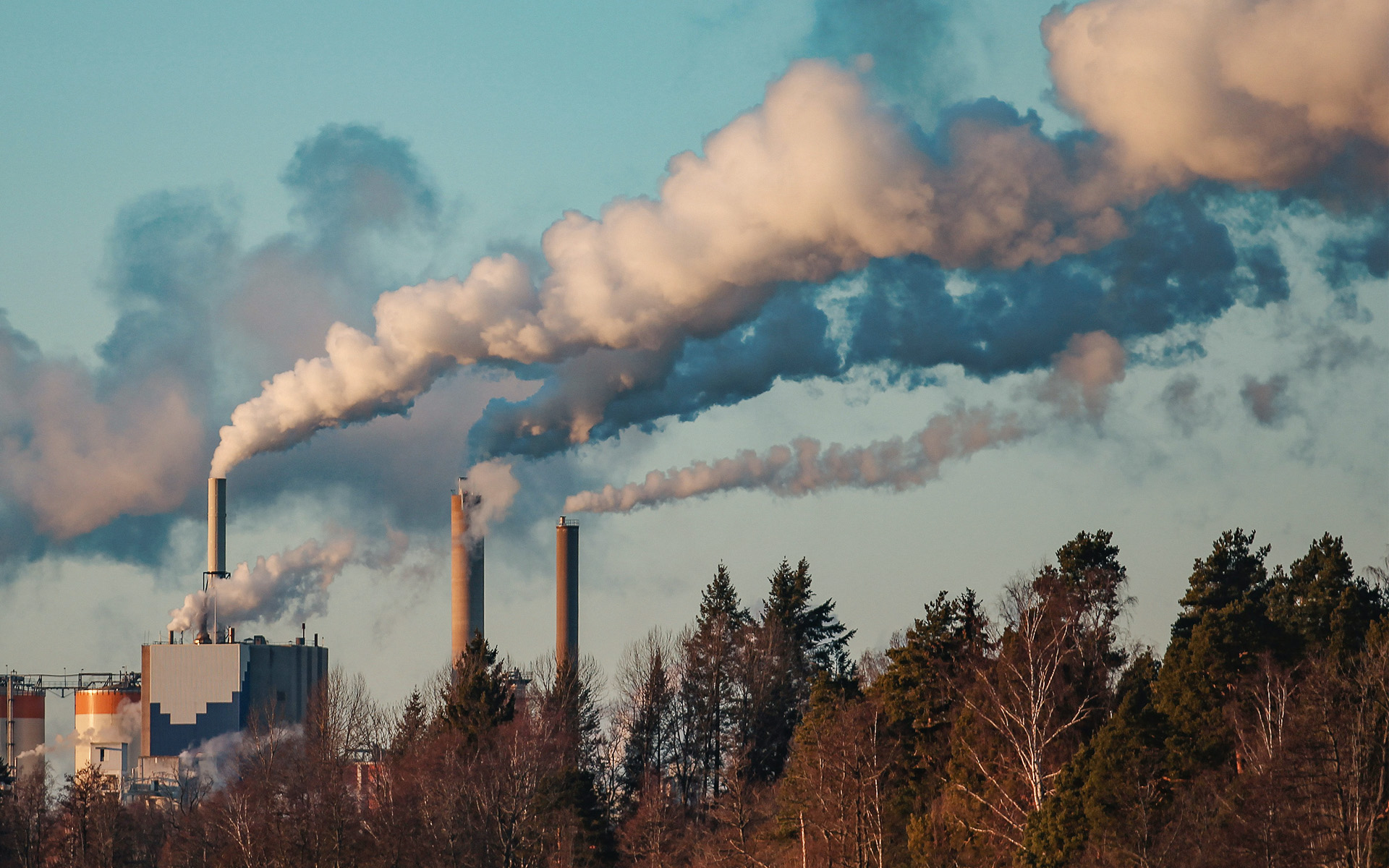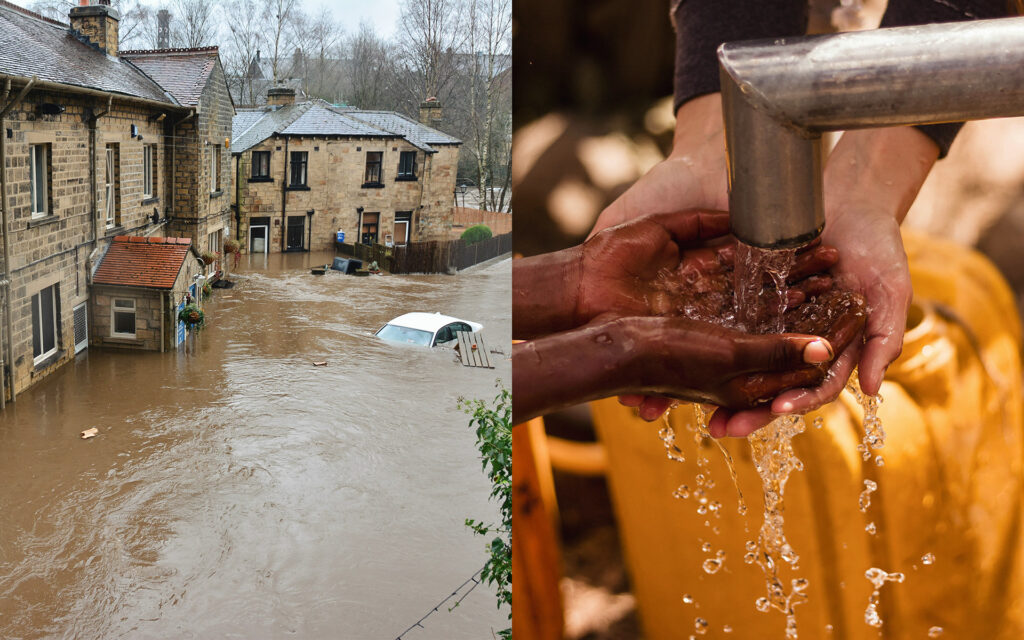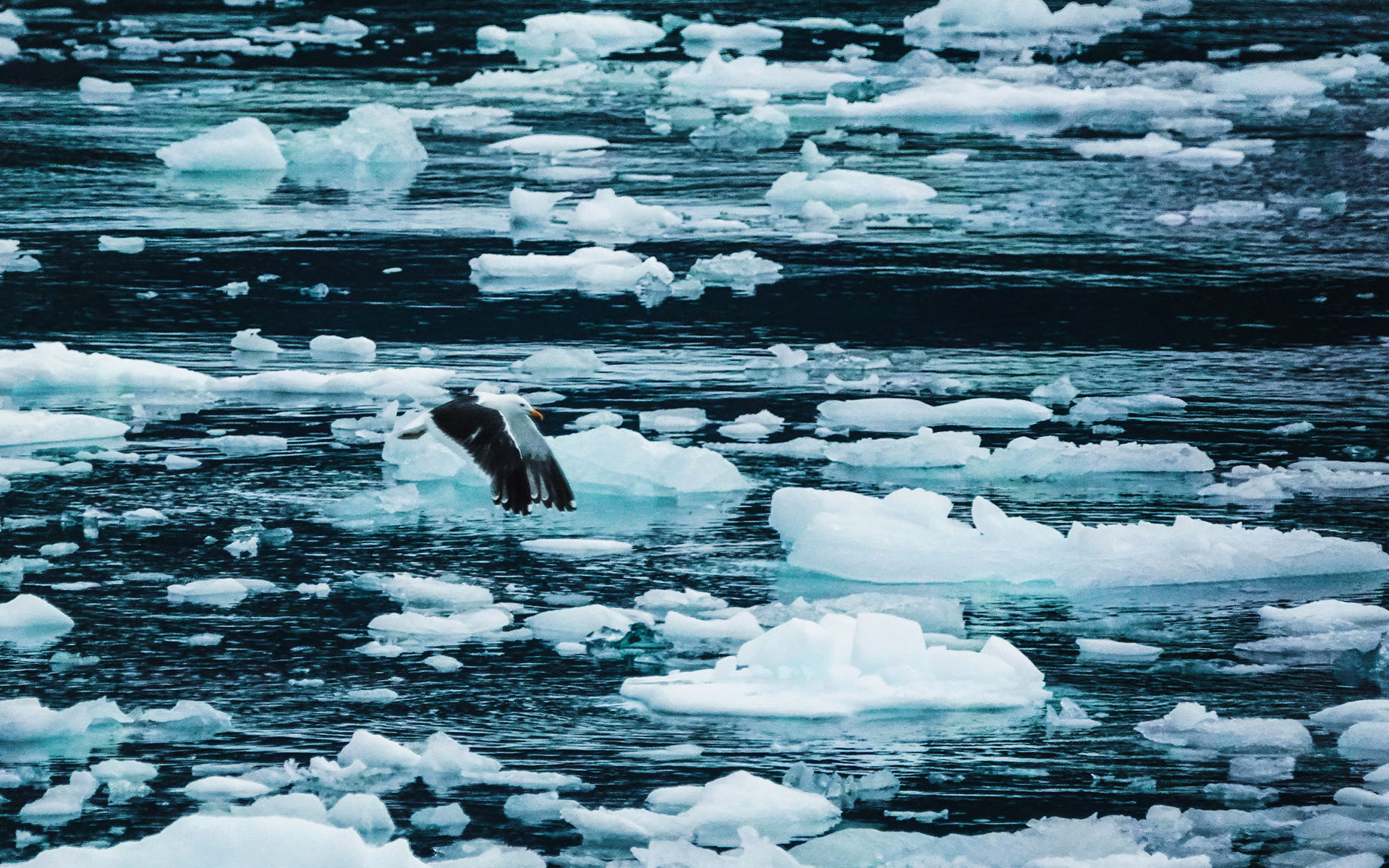According to the report of the Intergovernmental Panel on Climate Change (IPCC) on the impacts of global warming:
Human activities have caused global warming of approximately 1.0°C relative to pre-industrial levels. Global warming is likely to reach 1.5°C between 2030 and 2052 if it continues to increase at the current rate.
IPCC

It should be noted that the concept of global warming 1,5 °C is the limit established in the Paris Agreement as a critical objective to avoid the strong impacts of climate change.
Global warming has its origins in the Industrial Revolution in Western Europe, approximately 180 years ago. Starting in 1830, as a result of industrial activity, the climate suffered from an increase in the concentration of greenhouse gases. The greenhouse effect is the warming that occurs when the atmosphere traps heat radiating from Earth into space.
Industrial activities have raised atmospheric carbon dioxide levels by almost 50%. The increase and concentration of CO2 are due to the burning of fossil fuels such as coal and oil. To a lesser extent, deforestation, agriculture, industry, and other human activities have increased greenhouse gas concentrations.

The IPCC, made up of scientific experts from around the world, concluded that the increase in CO2, methane and nitrous oxide in the atmosphere during the industrial era is the result of human activities. Giving rise to observed changes in the atmosphere, oceans, cryosphere and biosphere. Among the countries that emit the most CO2 are China, the United States and, in third place, the EU.
What are the impacts of global warming?
The warming is significant for both human and natural systems. Among the impacts in the human context, we can highlight health. Deaths related to heat, dehydration, loss of kidney function, skin cancer, infections, mental health issues, and pregnancy complications have increased. In addition to that, allergies, heart diseases, and lung diseases have also been on the rise.
This situation also leads to the increase of floods and extreme droughts that affect agriculture and can cause food shortage.

In addition to these issues, there is the problem of housing. Coastal areas face greater risks due to rising sea levels, resulting in displacements and the need for community relocation.
Regarding the impacts of global warming in the natural context, the terrestrial ecosystems and marine are undergoing significant changes. Biodiversity and ecosystem services are considerably affected, the melting of Antarctica is a clear example. Climate change is also reflected in the extreme weather events increasingly frequent and intense, such as heat waves, hurricanes and large storms.

Is it possible to reverse this situation?
Importantly, although warming of 1.5 degrees presents great challenges, it is not considered a point of no return. Effective actions to mitigate climate change can limit and reduce these adverse impacts through collective and individual actions.
What are the measures to limit global temperature?
Among the actions that will help restrict global warming, we find the reduction of greenhouse gas emissions through the transition to renewable energies and the improvement of energy efficiency. Reforestation is also crucial, as planting trees and restoring ecosystems increases CO2 absorption. Additionally, implementing sustainable agriculture by adopting practices that enhance soil health is essential. Conserving biodiversity through the protection and restoration of natural habitats is also vital. All of this, coupled with technological innovation to capture and store carbon.

We must not forget to promote awareness and education about climate change. It is necessary to encourage changes in people’s behavior and consumption.
Examples of countries that are addressing this issue
Among the countries leading the list in adaptation and preparedness against climate change are Norway, with renewable energy policies and emission reduction efforts. New Zealand, where reforestation projects and ambitious emission reduction goals are being pursued. Finland has implemented policies to increase the use of renewable energies and improve energy efficiency. Sweden is one of the first countries to implement a carbon tax, thus promoting the transition to a low-carbon economy. Switzerland is investing in clean technology and promoting biodiversity conservation.
Another case is Chile, which is the third country with high performance against climate change, after Denmark and Sweden. In addition to being the only American nation in the top 20 of the adaptation list.
Regarding the EU, according to the European Climate Regulation, countries must reduce greenhouse gas emissions by at least 55% by 2030. The goal is to make the EU climate-neutral by 2050. This means emitting into the atmosphere only the greenhouse gases that nature, forests, oceans, and soil can absorb. To achieve this, countries will have to drastically reduce their emissions and find ways to compensate for the remaining and unavoidable emissions.
One of the EU’s objectives is for 32% of electricity production to come from renewable sources and to reduce emissions by 48% by 2030.
Some of the measures to achieve these objectives include: greener jobs, the use of renewable energies, implementation of European waste regulations, clean transportation, and increased use of public transportation, which could reduce emissions by up to 50% by 2050. Efforts are also being made to improve the construction industry with efficient buildings and energy systems.
These are some countries committed to the climate cause. They are implementing various strategies to mitigate the effects of global warming and promote sustainability.
In conclusion, keeping global warming below this threshold is vital because even a small increase in temperature can have significant effects on nature and humans. While it is a great challenge, limiting warming to 1.5°C is a goal that scientists consider achievable with global action and cooperation.





